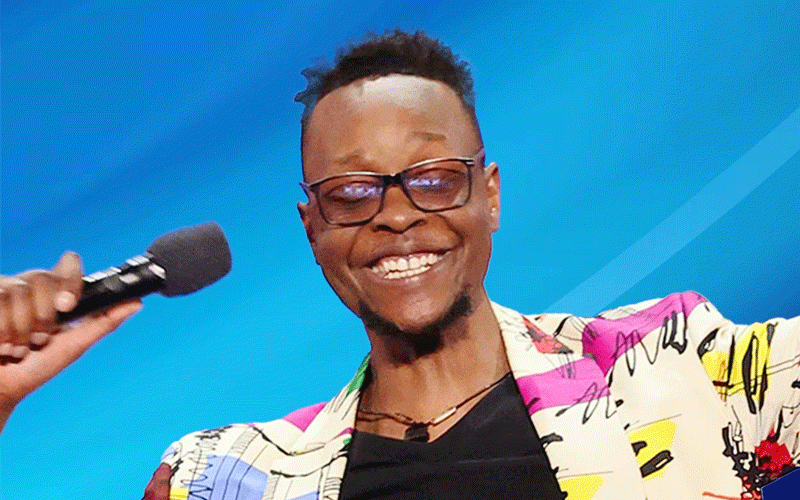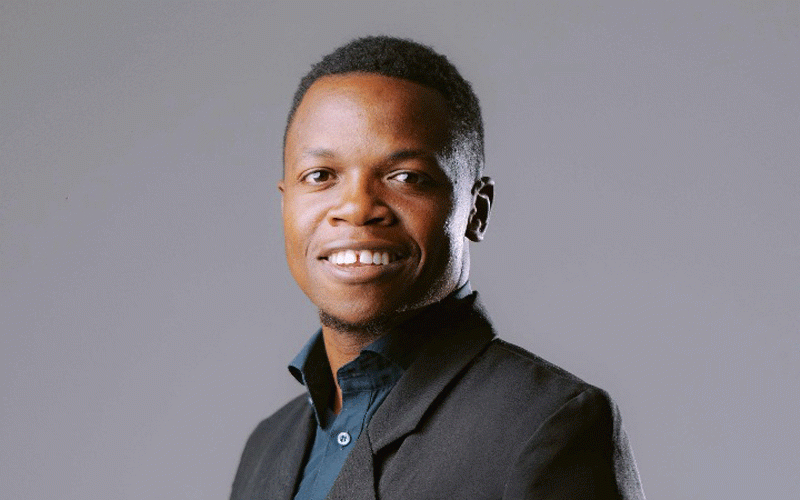
By Tapiwa Zivira
Chimurenga music king, Thomas Mapfumo has always been a rabble-rouser, some kind of an agitator.

Back in the 1990s, there was a rumour that, in order to deal with rival and newbie Pio Farai Macheka, now late, Mukanya had deployed bouncers to shave Macheka’s dreadlocks.
Only last week Mapfumo controversially mentioned that only him and the late music superstar Oliver Mtukudzi were internationally recognised and that sungura ace, Alick Macheso had only performed in England.
His comments drew so much debate on social media, and even those who had all along dismissed Mapfumo as a fading star gave him all the attention. And for a musician, attention, whether negative or positive, is never a bad thing.
In April last year, when Mapfumo came back to Zimbabwe from his United States base for the first time in 14 years, there was a heated debate on whether he would draw huge crowds to the one-off show he was due to hold to mark his return.
The mischief-maker had a trick in his bag.
A week or two before his show, the song Chauya-Chauya, a politically charged song, was “leaked”.
- Chamisa under fire over US$120K donation
- Mavhunga puts DeMbare into Chibuku quarterfinals
- Pension funds bet on Cabora Bassa oilfields
- Councils defy govt fire tender directive
Keep Reading
All of a sudden, Mukanya was back to the local playlists. Chauya Chauya became an instant hit, and during the oversubscribed show, the legend of music was forced to play it twice as people demanded more of it.
After the show, Mukanya packed his bags and left for the United States, and only returned during the first week of December to begin a line-up of shows across the country under the banner, the Mukanya Peace Tour.
The tour started on a false note, with Mukanya failing to perform in Gweru, and this was to mark the start of hiccups and misfortunes that are yet to be fully answered to this day, and using analytics, information from sources, we untangle what could have happened.
When Mapfumo came in April, Zimbabwe’s economy was much more stable, and entry to his show cost $10.
Prices were still quite stable, and the US dollar to bond rate was still relatively low.
This was a run up to elections and the Emmerson Mnangagwa government was still in the window-dressing mode, attempting to fool the world they were a receptive regime.
So, the government happily embraced Mukanya allowed him the space to perform despite his continued brutal criticism of the administration.
For Mnangagwa and his cronies, it was all helping to feed the narrative that they were reformists.
In addition to curiosity and nostalgia, people of all colours and from across the political divide filled the Glamis Arena to watch the king of Zimbabwean music make his first stage appearance in the country after 14 years.
The show itself was epic and Mukanya left a huge mark such that when he left for the United States a week later, many still yearned to watch him perform one more time.
A plan was made for him to visit the country one more time.
But when Mukanya came back in December, a lot of changes had taken place on the political and economy front.
Prices were going haywire and government was failing to contain the currency crisis, and there was a crippling shortage of basic commodities including fuel.
A cloud of uncertainty hung in the air, and a number of huge big events had to postponed between September and December, the notable ones being the annual Castle Lager Biggest Braai Festival, and the Chibuku Road to Fame Finals among others.
So, when Mukanya charged US$10 for his shows, and $45 for swipe and Ecocash or $40 bond, the amount was quite steep, and beyond the reach of many, who were grappling with runaway prices and uncertainty in the economy.
This happened at the back of an underfunded tour, where Entertainment Republic was, according to sources, in partnership with CMC, and having agreed that CMC would get 75% of the proceeds.
Without an adequate funding base and operating in an environment where basic things like fuel to travel to the venues across the country was not readily available, the shows became a casualty of the economic crisis.
Interestingly, last December, there was little activity in the arts due to the economic crisis and the only major event that took place was the Morgan Heritage Show, where the Jamaican group was forced to play backtracks and promoter could not afford to bring the whole band, all because of the high costs involved.
In addition to the economy, the organisers of the shows might have miscalculated by scheduling seven concerts, they were just too many for a many of Mukanya’s stature.
It is my opinion that had Mukanya made two big shows, one in Bulawayo and the other in Harare, it would have been huge.
They could also have charged, for example, $5 bond and performed in a larger venue to offset the costs with the huge numbers that would likely come to the show.
In other words, Mukanya, despite being an international artiste, largely speaks to the poor and the masses, and charging $40 for his shows would be alienating him from his very support base.
The Peace Tour ended on December 31 and Mukanya has hung around, performing a number of shows across the country.
Lessons can be learnt from the Peace Tour, and there is no doubt that Mukanya remains one of Zimbabwe’s finest legends.











